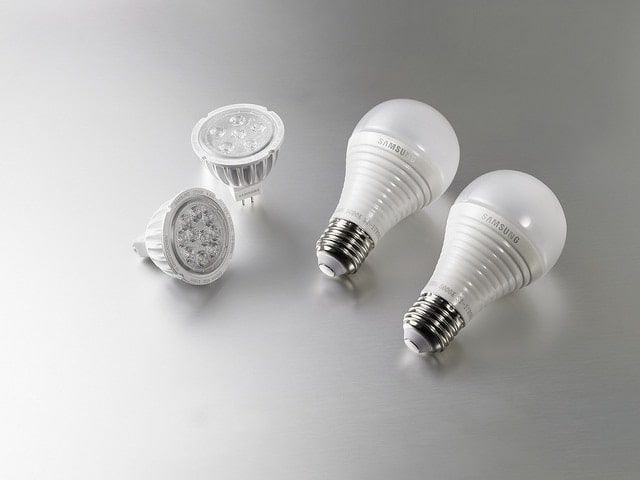In 2007, a whitewater rafting as well as an environmental education center in Coloma, The golden state, established an objective of decreasing the carbon emissions developed by their service operations by 20% by 2012; 40 % by 2020; and 80% by 2050. By the end of the first year of action, 2008, enormous strides were made toward that objective, really reducing the overall carbon output by 30 percent.
Nevertheless, as numerous of our public leaders have actually uncovered, there are constantly unanticipated issues associated with lowering carbon discharges. In 2009, excellent progression in regards to greening this firm’s framework occurred such as: installing photovoltaic panels, obtaining a waste vegetable oil refinement system going and transforming vehicles to use it, getting rid of bottled water, as well as other improvements.
However while total carbon outcome was decreased by 1 percent in 2009, the per-person outcome actually enhanced. How could this be? It ends up that a caretaker arrangement had actually been made with a family to survive in the home for 6 months. This had a much better effect on total carbon output than was expected.
Efforts entered into developing brand-new, energy-efficient infrastructure and also utilizing renewable energy resources at this 12-acre camp. In addition to the many improvements made in 2008, such as a waste veggie oil refinement system, conversion of an institution bus to run on WVO, and also passive as well as active planetary systems for the kitchen area, bathrooms, and also showers, 2 brand-new solar thermal hot water heating units, a brand-new minibus that will certainly be working on waste grease, and some brand-new photovoltaic or PV solar panels were added in 2009.
The yard likewise was greatly bigger after the installment of a solar-insulated planting bed. Excellent outcomes were expected to be seen when determining the overall carbon outcome for 2009, or a minimum of a substantial decrease in outcome from 2008.
But alas! When the numbers were run, the total carbon result for 2009 had boosted by 13.7%. To be clear, that’s not overall carbon output in general, which actually decreased by 1 percent from 2008, however general carbon is split up by the number of individuals that joined programs, people that lived and functioned as well as played here. How, after spending a lot of time and money on boosting infrastructure, was there actually an increased carbon outcome each? The information was stunning since a dramatic decline in all locations was anticipated, specifically gas, having actually mounted the new solar warm water heating systems. If you need a reliable resource about Energy Use, you can visit Zaneym for detailed information.

Well, as the numbers were analyzed, an explanation arose. The number of people that pertained to the river center in 2009 had decreased from 2008, as one would expect in the down economic situation. But due to the fact that a caretaker family survived on-site for 6 months, the complete overall use of power did not dramatically decrease in the building.
Despite the fact that car gas use was way down, thanks to the WVO systems, the use of power as well as gas was way up. It was stunning to see just how profoundly one home, residing in a residence that has not been retrofitted for power effectiveness, can increase power consumption overall. It’s not awfully bad on the electrical end, yet the propane required to heat up your house during the winter is significant.
This evoked some facts found in a research study in 2015, specifically that the carbon footprint of simply home heating and also cooling down an average American house has to do with 15 tons, about half the total carbon impact of the river facility. So while the family that was living on the property was extra diligent regarding their energy usage than the average American house, the fact remains that the everyday carbon results of the heating and also cooling of a house actually do have a big influence.
